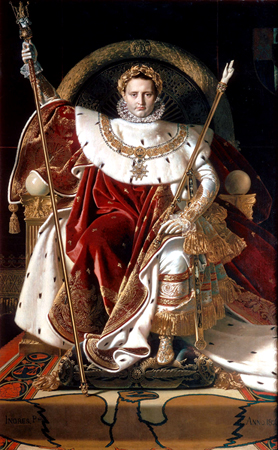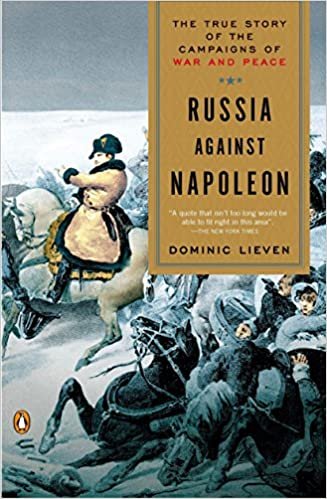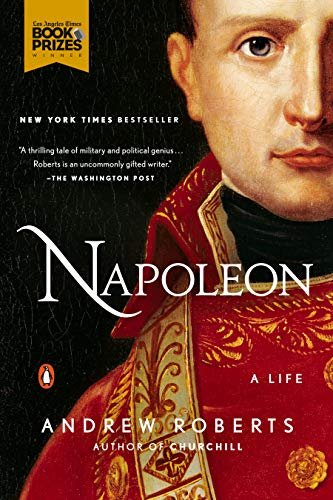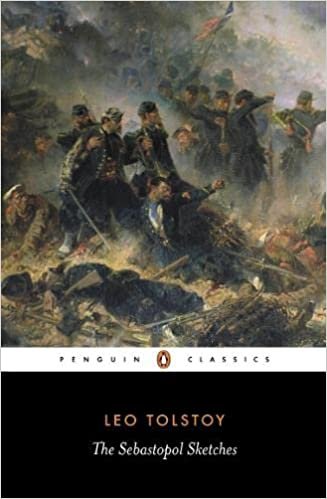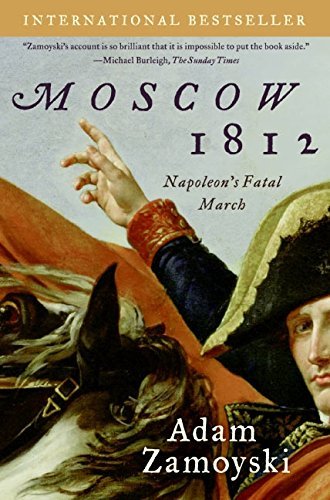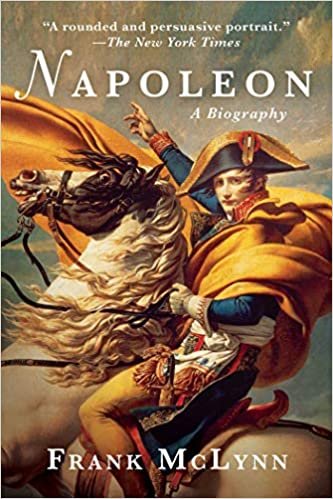AREAS OF KNOWLEDGE:
HISTORY
The map that made a nation cry
Gillray, James (1818) The plumb-pudding in danger. Hand-colored etching. British Library
Gillray depicts England's Prime Minister Pitt dining with Napoleon – with both of them carving up the globe as dessert. Pitt is drawn as lean and canny, hacking off both the Atlantic and Caribbean. A child-size Napoleon, with manners to match his height, cleaves off his portion (Europe) with a manic intensity.
TOK ESSAY TEASER
If the artist has freedom to interpret past events in ways that are denied to the historian, is this an asset or an obstacle to our understanding of the past?
The class activities on this page were inspired by this shortened form of a November 2022 TOK essay title. I have been using this prompt (with a 1000 word count) as a graded written assignment that serves as a teaser/intro to the TOK Essay endgame.
Use the resources on this page to stimulate class discussion and model choosing real life examples to address the written assignment.
NAPOLEON RENDERED IN IOL PAINT
This activity provides an encounter with seven famous oil paintings depicting the rise and fall of Napoleon Bonaparte. It will be immediately obvious to students that certain artworks seem to work as vivid and direct, non-textual, historic documents. As seductive and evocative as artworks can initially appear; critical examination reveals a more complicated and more interesting relationship between high art and history.

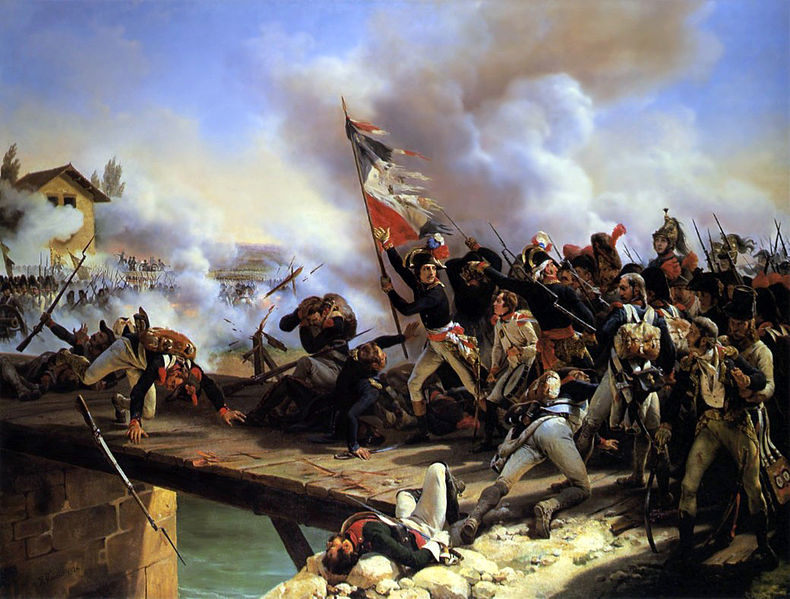

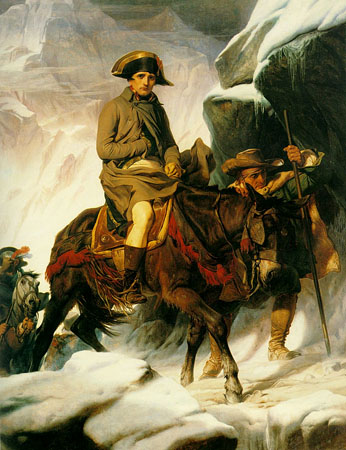
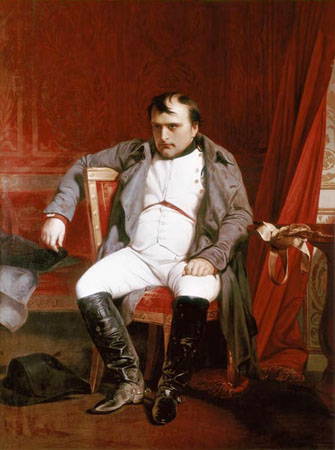
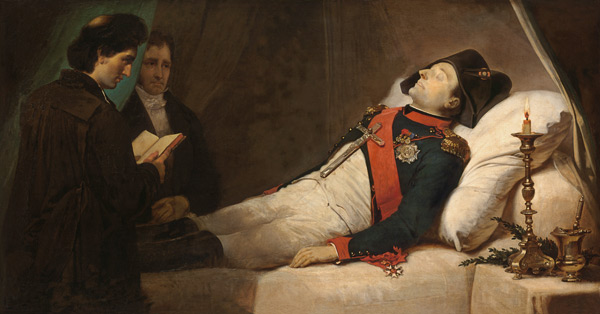
Here for reference is list of the artworks.
1. Jean Auguste Dominique Ingres (1806) Napoleon I on his Imperial Throne. Oil on canvas. Musée de l'Armée, Hôtel des Invalides, Paris.
2. Jacques-Louis David (1801) Napoleon Crossing the Alps. Oil on canvas. Château de Malmaison, Rueil-Malmaison.
3. Horace Vernet (1826) Napoleon Bonaparte leading his troops over the bridge of Arcole. Oil on canvas. Christie’s London.
4. Illarion Pryanischnikow (1874) French retreat from Moscow in 1812. Oil on canvas. Location unknown.
5. Paul Delaroche (1850) Bonaparte Crossing the Alps. Oil on canvas. St James's Palace, London
6. Paul Delaroche (1850) Napoleon at Fontainbleau 1814. Oil on canvas. Musée de l'Armée, Hôtel des Invalides, Paris.
7. Jean Baptiste Mauzaisse (1843) Napoleon on Deathbed 1821. Musee Nat. du Chateau de Malmaison
THE Retreat From Moscow
Charles Joseph Minard (1867) Napoleon's Retreat From Moscow (The Russian Campaign 1812-1813)
Minard’s famous image from 1869 is a very early examples of a scaled flow map. Minard's visualization is certainly a shocking and poignant counter to glorification of Napoleon Bonaparte's previous successes with his large scale, conscript army. Parallels with Hitler's downfall, beginning with the Siege of Stalingrad, will not be lost on HL History students. This is a good time to air (of course, with extreme caution) the perennial Knowledge Question: "To what extent does history repeat itself?"
Even at this low magnification, it is easy to appreciate the relative size of the army starting out (ochre) with the meagre numbers returning (black). 422,000 men, crossed the River Niemen in Lithuania. Only 10,000 survived the retreat from Moscow to see the river again.
Students should explore briefly the interactive online version of the Minard map at the mass:werk site. Dragging the knob backwards over the chart allows the visitor to appreciate the details of geography and freezing temperatures for each day. There is a startling visual of the body count too.
Students should be encouraged to make connections with The Map is not the Territory and Draw history (including cubist history) and Shostakovich 8th String quartet and Goya’s Disaster’s of War slideshow linked at the beginning of History is not what happened.
Tchaikovsky 1812 OVERTURE
The Year 1812, Solemn Overture in E♭ major, Op. 49 was composed in 1880 by Pyotr Ilyich Tchaikovsky to commemorate the successful Russian defense against Napoleon I's invading Grande Armée in 1812.
Enjoy this familiar over-the-top crowd pleaser with its climactic volleys of cannon fire, church bells, and brass fanfare. Begin at 11:30. Students may recognize the piece as a accompaniment to patriotic fireworks displays.
History vs. historic fiction
These books are in my library at home. I bring them to the class as props.
Leo Tolstoy’s War and Peace (1869)—at 1,225 pages—is often lauded as the world’s greatest novel. It was written 57 years after 1812. It contains several extended diatribes renouncing the “great man theory” of history. The Sebastopol Sketches (1855) records Tolstoy’s experiences as an army officer during the siege of Sevastopol in the Crimea. It was published just one year after the events took place.
Two respected works of academic history, covering Napoleon’s Russian campaign, presented here are Adam Zamoyski’s Moscow 1812: Napoleon’s fatal March (2005), and Dominic Liever’s Russia Against Napoleon: The True Story of the Campaigns of War and Peace.(2011)—which offers a Russian perspective and refutes much of Tolstoy’s musings on the nature of history.
Finally Andrew Roberts’ Napoleon: A Life (2015) and Frank Mclynn’s Napoleon: A Biography (2021) represent the historical biographical genre. Both were critically acclaimed.
GENERATIVE QUESTIONS
What are the essential differences between these three genres of books?
In terms of the acquisition of historical knowledge, what are the losses and gains associated with each genre?
Does Tolstoy’s The Sebastopol Sketches count as history, or is it a source?
Does the fact that Tolstoy served in the Crimean conflict give increased credibility/kudos to War and Peace?
Left: Historical fiction by Tolstoy
Centre: Academic historical works
Right: Acclaimed biographies
HILARY MANTEL PERSPECTIVE
Dame Hilary Mary Mantel won the Booker Prize twice—for her Wolf Hall (2009), a fictional account of Thomas Cromwell's rise to power in the court of Henry VIII, and for its sequel Bring Up the Bodies (2012). The final installment The Mirror and the Light (2020) was longlisted.
“It is possible for competent historians to come to radically different conclusions on the basis of the same evidence. Because, of course, 99% of the evidence, above all, unrecorded speech, is not available to us. Evidence is always partial. Facts are not truth, though they are part of it – information is not knowledge. And history is not the past - it is the method we have evolved of organizing our ignorance of the past…
It’s what’s left in the sieve when the centuries have run through it – a few stones, scraps of writing, scraps of cloth. It is no more ‘the past’ than a birth certificate is a birth, or a script is a performance, or a map is a journey. It is the multiplication of the evidence of fallible and biased witnesses, combined with incomplete accounts of actions not fully understood by the people who performed them.
It’s no more than the best we can do, and often it falls short of that. Historians are sometimes scrupulous and self-aware, sometimes careless or biased. Yet in either case, and hardly knowing which is which, we cede them moral authority. ”

